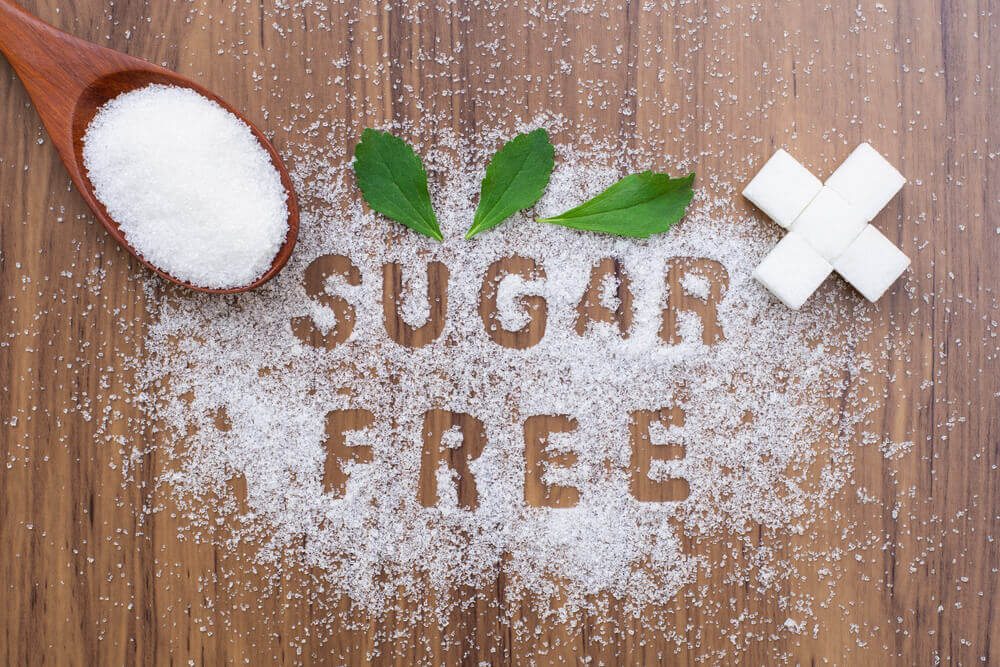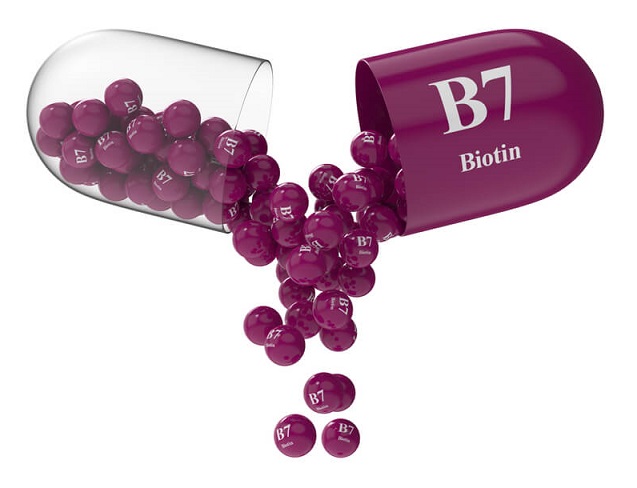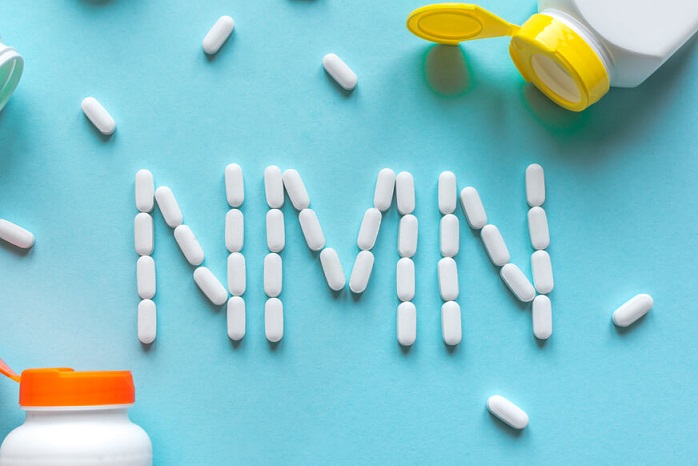What is natural sweetener?
Various substances, including sugars, sugar alcohols, amino acids, proteins, terpenoid glycosides, and certain polyphenols, are included in the category of “natural sweeteners examples” . Having stated that, only such sweeteners are available on the market as commonly used sweeteners if they have the necessary qualities, such as safety, pleasant taste, high stability, good solubility, and reasonable cost.
Simple carbohydrates like fructose, glucose, and sucrose, which are quickly metabolized to provide energy, as well as complex carbs like starch, which provide long-lasting energy and storage, are typically found in foods with a sweet taste. However, the presence of peptides, D-amino acids, glycosides, proteins, coumarins, ureas, substituted aromatic compounds, dihydrochalcones, and other nitrogenous chemicals might cause the sweet taste to develop. To explain the variety of substances that cause the perception of sweetness, a single receptor that is expressed on the surface of taste buds and contains many binding sites interacts and activates all sweet-tasting molecules. (1)
Because customers are more concerned with their health, the demand for zero-calorie and naturally produced sweeteners has increased significantly over the past ten years. Sweeteners have been used to enhance food flavor and draw consumers for a long time. They were initially adopted because to the high sugar to food ratio, which favored obesity in the general population and led to its widespread occurrence in infants and children.
Since its inception, sweeteners have been the focus of disputes and debates, which have included claims of liver and bladder toxicity, carcinogenicity, foetus abnormalities, as well as other risks. While all of these claims have been looked into, sweeteners were deemed harmless.

examples of natural sweeteners
1. Fructose
Fructose is the sweetest natural sugar that is abundant in fruit, agave nectar, honey, and some vegetables, the relative sweetness potency of carbs is often lower than that of sucrose. The two simple sugars that the food industry uses the most as natural sweeteners are glucose and fructose. Due to its low GI, sweetening power, low cost, and capacity to enhance the overall end product quality attributes of flavor, color, texture, and shelf-life stability, fructose has replaced sucrose in a variety of food products.
High fructose syrups are frequently used, mainly those made with maize starch using a complex technological procedure, due to their intriguing flavor and texturizing properties. Large doses may result in difficulty in the digestion and subsequent stomach problems.
2. Sugar Alcohol
Sugar alcohols, which naturally occur in fruit, vegetables, mushrooms, and algae are low-digestible carbohydrates that have recently been used as an alternative to sugar as a sweetener. The food industry has approved the use of sugar alcohols such maltitol, mannitol, sorbitol, xylitol, erythritol, isomalt, and lactitol as nutritive or bulk sweeteners. Methods based on fermentation or enzymatic conversion with osmophilic yeasts or fungi have been used for several sugar alcohols, such as erythritol. By the way, brown algae can be simply processed to yield mannitol, sorbitol, and maltitol.
In addition to sweetness, texture and the amount of sugar play a crucial role in sugar-free cookies, cakes, candies, chocolate, and gums, where sugar alcohols are frequently used. Pharmaceutical items like throat lozenges have them applied. Intense sweeteners are frequently used with sugar alcohols to cover their off flavors while adding bulk that low-calorie sweeteners cannot.
People with inflammatory bowel disease should be extremely careful with sugar alcohols because they are not completely digested, unlike sucrose and glucose, which is why excessive consumption can cause stomach pain even in healthy people, like laxative side effects.
3. Stevia
Natural sweeteners stevia or rebaudiana Bertoni (Asteraceae) is a plant native to South America, which leaves are used to make a class of sweet substances known as steviol glycosides. In comparison to ordinary sugar, stevia is 200–300 times sweeter. To provide the same amount of sweetness as other common sweeteners, it typically needs 20% less land and a lot less water. There are eight glycosides in stevia. These are the sweet substances that have been extracted and refined from stevia leaves. These glycosides consist of: (2)
- stevioside
- rebaudiosides A, C, D, E, and F
- steviolbioside
- dulcoside A
These are extracted by collecting the leaves, drying them, extracting the water, and purifying it. Prior to being bleached, crude stevia, frequently has an unpleasant taste and odor.
Using stevia as a sweetener has the potential to have significant health advantages over sucrose, or table sugar. Stevia is regarded as “no-calorie.” Although stevia may not precisely have no calories, it has a calorie content that is lower than sucrose and low enough to be considered zero. Stevia sweeteners naturally include the sweet-tasting ingredients. People who like foods and beverages with natural sources could find this trait advantageous. Due to its low caloric content, Stevia is a healthy substitute for managing diabetes or losing weight. (3)
Stevia was first believed to be harmful to kidney health. Since then, a study on rats reveals that stevia leaves in supplement form may alternatively have properties that safeguard the kidneys and lessen the effects and suitable natural sweeteners for diabetes. Sugar alcohol is also present in some stevia products. Although one form of sugar alcohol, erythritol, poses less risk of symptoms than others, people who are sensitive to sugar alcohol may develop bloating, stomach cramps, nausea, and diarrhoea. (4)

4 best natural sweeteners
1. Erythritol
Some fruits and fermented foods naturally contain erythritol, but manufacturers also add an artificially fermented form to low-sugar and sugar-free food and beverage alternatives. The use of erythritol in place of sugar offers advantages. However, many of the studies that describe these advantages are older, and more recent research contradicts their conclusions.
People with diabetes can control their disease by eating a low-sugar diet. Alternative sweeteners, like erythritol, can simplify this by substituting for sugar without compromising sweetness. Erythritol has the lowest caloric value of any sugar alcohol. Because of this, it might be a useful replacement for sugar in a diet that restricts calories.
Due to their incomplete absorption by the body, several sugar alcohols might upset the stomach. Nevertheless, erythritol seems to be less associated with these issues than other sugar alcohols. This benefit may be due to the fact that the upper small intestine absorbs around 90% of the erythritol before the body excretes it in the urine from the bloodstream.
2. Tagatose
Tagatose is a keto-sugar which is found in nature in small quantities. In dairy products , for example, it is formed from lactose during heating. In conventional products such as chocolate, fondant, fudge, caramel, and chewing gum, tagatose is suited to substitute sucrose in a direct manner. As tagatose encourages browning, it is advised to cook under vacuum and combine it with equivalent amounts of other sweeteners when substituting tagatose for sucrose in hard-boiled sweets and gums. Due of its prebiotic qualities. Tagatose may be added to dairy and similar products. Quantities should result in a daily consumption of several grams when given as a prebiotic.
The metabolic processes for fructose or fruit sugar and tagatose are the same, however tagatose is only partially absorbed. The small intestine only absorbs 15 to 20% of the sugar tagatose. As with other poor digestible carbohydrates, some gastrointestinal discomfort such as flatulence and laxation can happen.
Some additional facts about tagatose:
- Gives flavor enhancement in combination with other sweeteners.
- Does not significantly increase blood glucose or insulin levels
- Has a prebiotic effect.
- Provides a maximum of 1.5 calories per gram.
- Does not promote dental caries.
- Provides the natural taste and texture of sugar.
- Can be used in a variety of foods and beverages.
3. Glycyrrhizin
A plant glycoside called glycyrrhizin is obtained from the roots of the licorice plant. Although it is no more metabolized than sucrose and has no impact on glycemic index, it is around 30–50 times sweeter than sucrose. Its strong licorice flavor prevents it from being used as a sugar replacement. Glycyrrhizin extract has historically been used for its therapeutic qualities. For instance, glycyrrhizin has been used in traditional medicine as a herbal cure for healing stomach ulcers and constipation as well as an expectorant in cough syrups. Increased blood salt levels and decreased potassium levels from excessive glycyrrhizin use can lead to high blood pressure and irregular pulse. European Union has recommended a daily maximum of 100 mg.
Licorice is a common sweetener that can be found in a variety of soft beverages, foods, snacks, and herbal medications. Consuming such a natural beverage regularly is more common in warm climates, particularly during the fasting month of Ramadan. The widespread consumption of licorice is encouraged by the conventional wisdom that it is a safe natural ingredient with no negative effects.
Licorice can be used widely because of a number of factors. Numerous manufacturing organizations find it appealing as a sweetener for many items to sweeten its bitter taste. In some climes, its ability to relieve thirst encourages excessive intake. Additionally, it has a number of medical applications. Glycyrrhizic acid, its primary component, replicates the effects of mineralocorticoids in its activity (sodium reabsorption and potassium secretion).
4. Thaumatin
Unlike many other natural sweeteners, thaumatin is classified as a protein rather than a carbohydrate and has 4 calories per gramme. Compared to sugar, its sweetness is more intense, therefore when used to sweeten food, just a small amount needs to be added. It is thought to be 2000–3000 times sweeter than sugar but has no calories.
A collection of very sweet basic proteins known as thaumatin was discovered in the fruit of the Thaumatococcus danielli plant (West African Katemfe fruit). The fruit is reddish-orange in color and has one to three black seeds that are encased in a gel-like material. The proteins Thaumatin I and Thaumatin II make up the majority of it. A protein called thaumatin that alters taste and serves as a natural sweetener or flavor enhancer. Foods and beverages can be sweetened with thaumatin. The thaumatin is located in the membranous sac known as the aril.
Thaumatin has been used for many years, is regarded as a safe substance, and has undergone past human and animal safety testing. Because it is a protein, unlike many other sweeteners, it is metabolized by the body in the same manner as other proteins. Studies have revealed that it has no effect on body weight or blood sugar levels like other sweeteners can. It is advantageous for individuals who are diabetic or who are keeping an eye on their blood sugar levels because of this. On the other hand, table sugar just serves to increase energy and can significantly increase the number of calories in a diet.
Conclusion
Society is becoming more and more conscious of how crucial eating a balanced diet is to preserving and advancing health. Since it is difficult to break the habit of consuming too much sugar, sugar-free or low-sugar meals and beverages are in high demand, and the sweetening agents that make them possible are expensive ingredients. Today, the food industry replaces sugar with mass and strong sweeteners that are primarily synthetic in origin (sucrose). Customers are even more willing to purchase foods that are made with all-natural ingredients, have unblemished labeling, and ideally also have other useful qualities.
Alternative natural sweeteners, such as high-fructose corn syrup, sugar alcohols, and, more recently, steviol glycosides tagatose and thaumatin, which provide consumers with additional health benefits, are now available to the food sector to help it achieve this goal.
To continue innovating and satisfying consumers, the food industry must take on the task of creating new products using natural functional sweeteners. Finally, even though permitted flavor enhancers like glycyrrhizin are not utilized as sweeteners, they can be important in enhancing product qualities like flavor and should be taken into account by the business.






